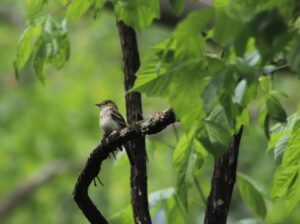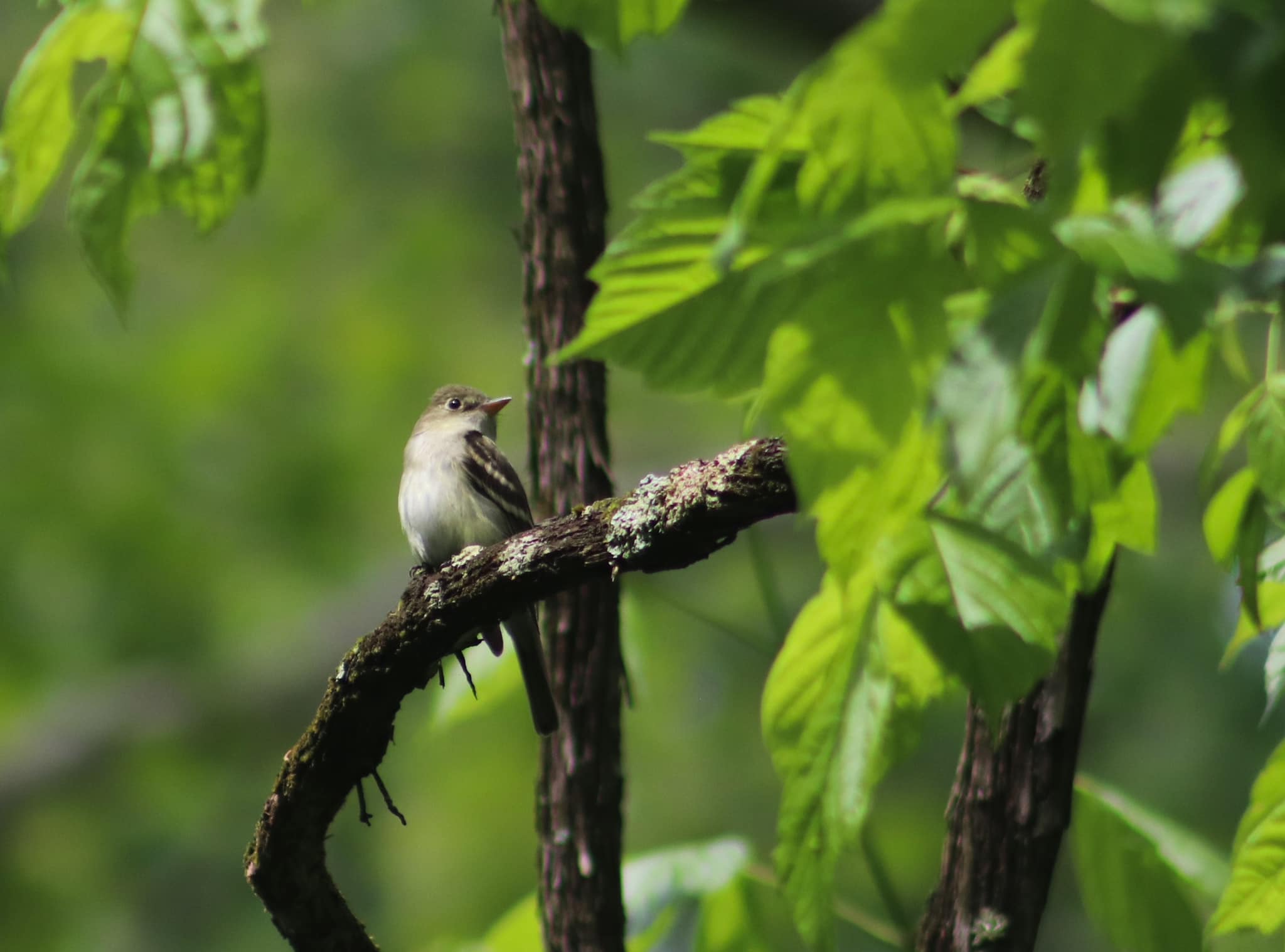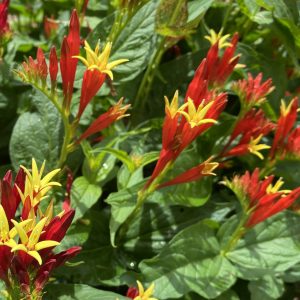by Jacob Crider
The Acadian Flycatcher (Empidonax virescens) is a species of flycatcher that breeds and nests in the southeastern U.S during the summer months and overwinters as far south as Ecuador, Columbia and Venezuela. They are one of the only members of the Empidonax genus that will nest in Kentucky, most of the other birds in this group such as the Yellow-bellied Flycatcher (Empidonax flaviventris) merely pass through during spring and fall migrations. They are light brown in color and have soft yellow-brown wing bars. When agitated, they have a small crest on the top of their head, similar to other Flycatcher species.
Acadian Flycatchers inhabit deep ravines, valleys, shady swamps, and creek sides and streams. Their song is a loud and explosive two note “ker-chip” that can be heard in their respected habitats. They feed on a wide variety of insects such as wasps, bees, flies, caterpillars, and other bugs, and they feed in the air or off of foliage while hovering. The feeding behavior of flycatchers is known as “sallying” where the bird will wait patiently on a tree branch or dead snag, fly out and catch their prey, and then return promptly to their original post. Acadian Flycatchers nest near bodies of water and deep in forests, where they construct their nests higher up in trees and shrubs at around 10 to 50 feet into the canopy.
To find them at Creasey Mahan Nature Preserve, spend some time in the Little Huckleberry Creek Valley and listen for their calls. They like to hang around the understory in dead snags and will often sing from an exposed perch. They will begin leaving Kentucky later next month to embark on their migratory quest south to tropics.


